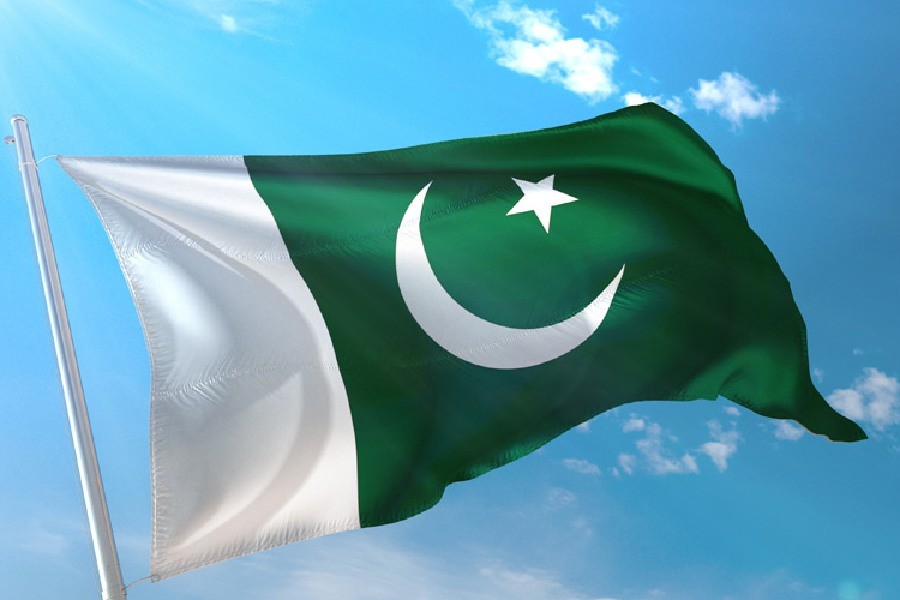
The World Bank predicted Pakistan’s economy would expand by just 2% in the upcoming fiscal year, significantly less than the 3.5% target set by the nation’s top economic body. The bank cited the lingering effects of the August 2022 floods as well as policy uncertainty, a lack of foreign exchange resources, and other factors as having dampened activity in the nation.
The World Bank and the National Economic Council released contradicting numbers on Tuesday, according to the Dawn daily.
According to the bank’s most recent Global Economic Prospects report, “In Pakistan, the long-term effects of the August 2022 floods, along with policy uncertainty and limited foreign exchange resources to pay for imports of food, energy, and intermediate inputs, have depressed activity, with industrial production contracting by about 25% in the year to March 2023.”
It said that the expected growth for this fiscal year was estimated to be 0.4%, a 1.6 percentage point decrease from January, due to the ongoing effects of the floods that hit Pakistan last year, which were exacerbated by rising social tensions, high prices, and policy uncertainty. The government has estimated that the GDP would expand by 0.3% this year.
“It is probable that agricultural production has decreased for the first time in twenty years. As there is little budgetary flexibility for the government to help recovery from flood-related losses, the economic recovery in the following two fiscal years is anticipated to be anemic, with growth of only 2% and 3%, respectively.
It said that consumer price inflation is still over goal in the majority of countries, with Pakistan and Sri Lanka having especially high rates. According to the report, several economies have restricted access to imported intermediate items for manufacturing.
The government has enhanced currency rate flexibility, enabling the Pakistani rupee to decline by 20% since the beginning of the year, it said, due to declining foreign exchange reserves and stagnating remittances. As a result, consumer price inflation has increased significantly, hitting its highest level since records started in the late 1970s at 38% in the year to May. Despite recent increases in poverty in nations under intense economic strain, such as Afghanistan, Pakistan, and Sri Lanka, it is anticipated that the area will continue its downward trend that was halted in 2020–21.
It is anticipated that in 2023, the number of South Asians subsisting on less than USD 3.65 per day would be much lower than the pandemic-related increase in 2020.
The bank said that as external imbalances have stabilized and exchange rate pressures have subsided, numerous nations’ import restrictions—including those by Bangladesh, Nepal, Pakistan, and Sri Lanka—that had a negative impact on economic activity have been removed.
However, despite declining worldwide prices, food export prohibitions are anticipated to continue in Bangladesh, India, and Pakistan throughout this year.
Deep crises continue to impede development in certain South Asian nations that have experienced severe internal shocks, notably in Afghanistan, Pakistan, and Sri Lanka.
It was noted that during the previous two decades, more than half of South Asia has experienced one or more climate-related catastrophes, with the Pakistan floods of 2022 submerging a third of the nation and generating damage estimated at 4.8% of GDP.
Overall, the analysis predicts that the region’s growth would somewhat drop to 5.9% in 2023 and more considerably to 5.1% in 2024.
Separately, according to Planning Minister Ahsan Iqbal, the National Economic Council meeting presided over by Prime Minister Shehbaz Sharif approved a projected 3.5% GDP growth goal for its 2023–24 fiscal year budget.
The goal suggests that the government anticipates an improvement in the economy in the next months and is much above the 0.29 percent growth anticipated throughout the current year ending on June 30.
In the meanwhile, Pakistan’s government made the announcement that starting on July 1, markets would shut at 8 p.m. as a means of cutting energy expenses and breathing some life into the economy.
A similar decision was previously made public in January of this year, but it was not put into effect because of resistance from industry and trade leaders.
According to Minister of Planning and Development Iqbal, the National Economic Council (NEC) decided to shut markets and commercial areas by 8 p.m. starting on July 1 in order to preserve energy.
The National Energy Conservation Plan was explained to the province delegates, according to a statement from the PM Office, and it will assist the nation cut its fuel import costs by over 10-15%, or Rs 1 billion, in a short amount of time.
The organization that represents Pakistan’s trader community, All Pakistan Anjuman-e-Tajran (APAT), disagreed with the government’s decision.
According to APAT President Ajmal Baloch, “the government should reverse the decision to close shops by 8 pm.”
He requested that the energy minister speak with merchants after rejecting the idea of closing businesses at 8 o’clock.
Due to Pakistan’s declining foreign currency reserves, which now stand at little over USD 4 billion, it would be difficult for the country to finance the purchase of petroleum products. The administration is preparing extreme steps to keep the nation afloat with the GDP expanding at a pace of 0.29 percent in the current fiscal year.







